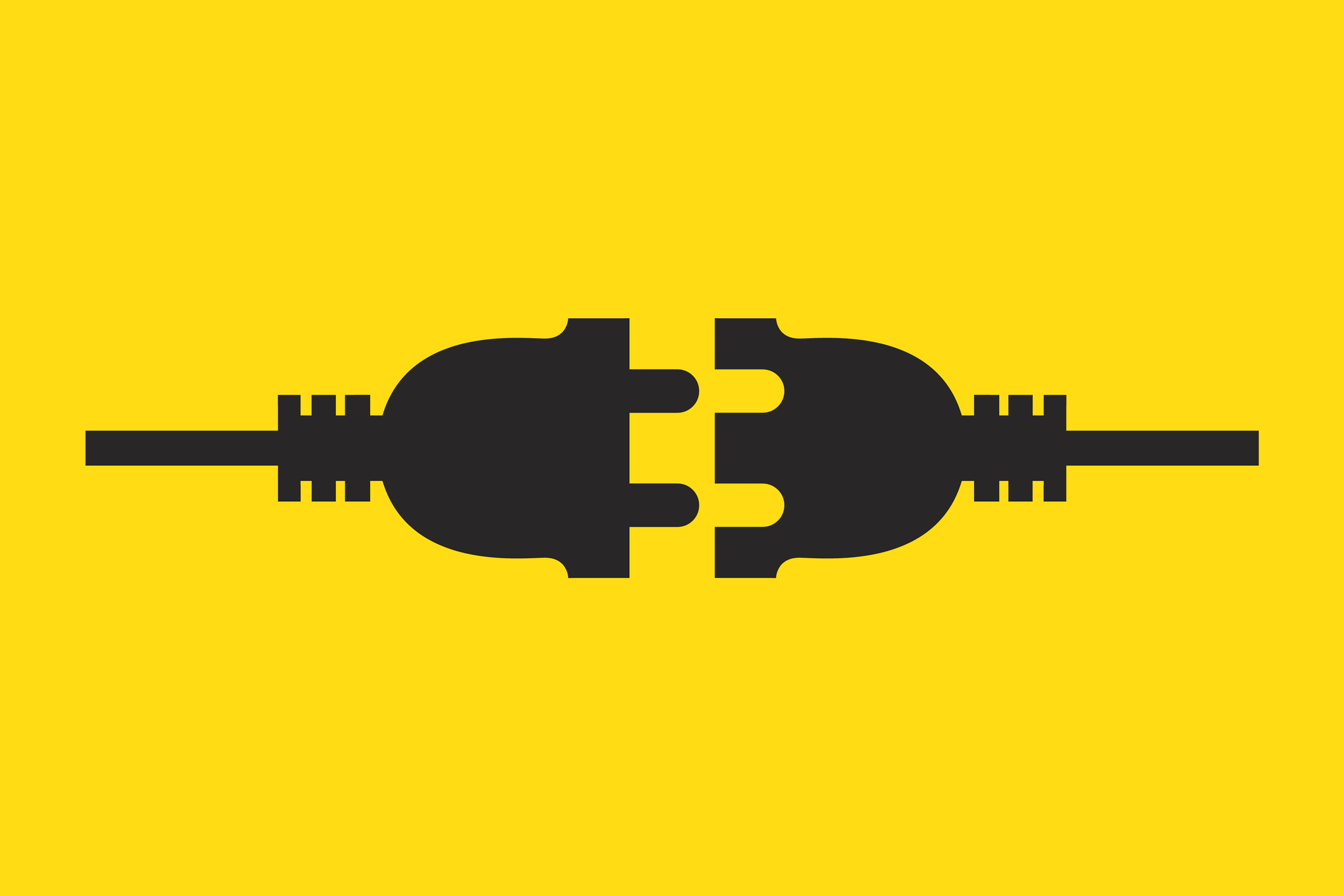From Zoom meetings and Google Classroom lectures, to around-the-clock news updates, COVID-19 has forced Torontonians to rely on digital technologies and highspeed internet now more than ever. For people who are not technologically literate or cannot afford highspeed internet, software or the most current devices, this shift has made it difficult to manage the social and economic impacts of the pandemic. Difficulties accessing relief funds, as well as barriers to online education and health information have come to the forefront during COVID-19 and has called attention to one of our most urgent health equity issues – Toronto’s digital divides.
Technological literacy and access to high-speed internet, devices and software are not only key to the country’s digital economy, but have now become essential to living life online during COVID-19. Accessing many of the basic services and benefits created to help Canadians during the pandemic, such as the Canadian emergency response benefit (CERB), are not only crucial to economic survival, but may also determine one’s ability to rebound from what are likely to be long-term socio-economic impacts. Long-term job loss, as well the widening of existing gendered wage gaps and gaps in health outcomes are issues that Torontonians will have to contend with.
In recent years, the Ontario government has made a commitment to digital inclusion and equity. The Province’s Digital Action Plan stresses that people who are “traditionally marginalized or excluded,” have access to digital technologies. In Canada, there are programs that aim to address this issue, most notably the Broadband Fund launched in 2019 by the Canadian Radio-Television and Telecommunications Commission (CRTC). The fund provides grants to improve broadband infrastructure and access to high-speed internet for those without and is funded by mandatory contributions made by telecom companies with a revenue of at least $10 million a year. However, the fund is meant to serve residents of rural and remote communities with limited access to internet. The fund does not address the needs of moderate and low-income urban residents, who struggle with paying their bills or who have limited access to computers.
Non-profit organizations like the Digital Justice Lab and ACORN have been advocating for reliable and fast internet access for all incomes and levels of technological literacy for years, recommending $10 highspeed internet plans for low-income households. Private telecom companies like Rogers, have launched initiatives to provide low-income households with affordable internet at the speeds and download capacities recommended by the Canadian Radio and Telecommunications Commission (CRTC), however, these initiatives are voluntary, and may not match level of need, especially during times of unprecedented internet reliance, like we are facing now.
But internet access is only one part of the puzzle. Technological literacy and access to devices and software are also critical.
When COVID-19 pushed schools to online learning, school boards across the GTA did their best to provide students with software and devices so that they could continue their classes safely from home. But lack of funding has left many students without access to the devices they need, potentially contributing to existing educational achievement gaps between lower and higher income students.
There have also been initiatives spearheaded by local service providers to collect and redistribute gently used devices to their clients and lower-income families. And large internet companies have made cloud tools and software available free of charge for schools and teachers to help them stay in touch with their students. Initiatives like these enable people to stay connected and access much-needed information and resources, however, these initiatives are voluntary and are not as wide-spread as they would need to be to ensure that no one is falling through the cracks.
Public health crises like COVID-19 are showing us that greater government intervention from all levels is needed to create public health policies that are digitally inclusive and accessible. Without them, the policies meant to weather the storm will not reach those in most need, will exacerbate existing gaps, and will leave Toronto residents less equipped to cope with the economic and social aftermath of this crisis.
Correction: An earlier version of this blog stated that the Broadband Fund received funding from the federal government and that contributions to this fund were voluntary.
